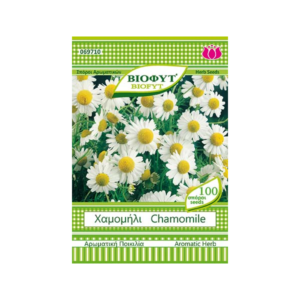Hyssop
Hyssop
Hyssop is a low shrub that reaches 60 cm in height. Its leaves are lanceolate without a stem and its flowers are dark blue with purple stamens. It has a strong clean and sweet smell with touches of honey aroma. The top note of its essential oil is camphorous and in its middle notes, a warm spice scent lingers as an impression. The color of the essential oil is yellow-green.
Its essential oil is extracted by distillation from its leaves and flowers. Both the herb and the hyssop essential oil mainly treat lung problems. It is useful in cases of asthma, bronchitis, runny nose, cough, flu, sore throat. It has excretory and antispasmodic properties. The essential oil inactivates the tuberculosis bacillus. Helps minimize rheumatic pains, raises low blood pressure. It is used for the care and treatment of eczema and dermatitis as well as for the disinfection of wounds. It is calming of the nervous system, fighting stress, over-exertion, general lethargy, being purifying and refreshing. Energetically, it helps to regain boldness and determination.
The essential oil is not allowed to be used in children, in pregnancy and in people who suffer from epilepsy. It is never used undiluted. Hyssop blooms from July to September. It belongs to the botanical family Labiatae, labial or labial. Its chemical components are ketones, (pino-camphone 35-50%), terpenes 14-24%, & phenyl-methyl-ethers 1-3%. The ketones which we observe to be present as a main component in the composition of hyssop, have the property of promoting tissue formation and liquefying mucous secretions. They are considered extremely active ingredients and that is why we use the essential oils that contain them, in small quantities. Hyssop essential oil contains: phyllandrene, borneol, pinocamphon, thujone, lemonene, geraniol.









